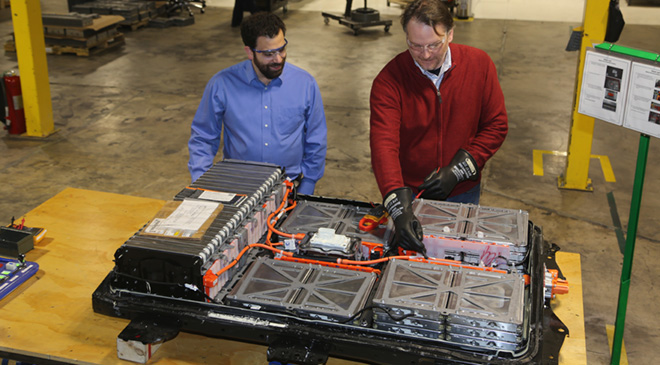There are currently more than 1.5 million EVs on the world’s roads, and over the next year or two, the first wave of batteries will be coming to the end of their automotive life cycles, while retaining around 80% of their original capacities, still sufficient for a number of stationary energy storage applications.
Before beginning its second life however, each individual battery must be evaluated, as each has been exposed to different charging and discharging conditions throughout its lifetime. To help ensure that EV batteries are safely deployed in their new applications, the independent safety standards organization UL is developing the safety standard UL 1974, with input from automakers, battery reclaimers, electric utilities and academic institutions.
The new standard aims to provide users with confidence that a used EV battery will function effectively in a residential, commercial or utility-scale storage application.
In UL’s system, batteries will be classified for their state of health, then bad cells weeded out through testing processes that determine what part of a battery pack will be swapped out, what will be replaced, and what will be recycled.
SEE ALSO: Spiers New Technologies develops advanced battery classification techniques
Source: Solar Industry










































































































